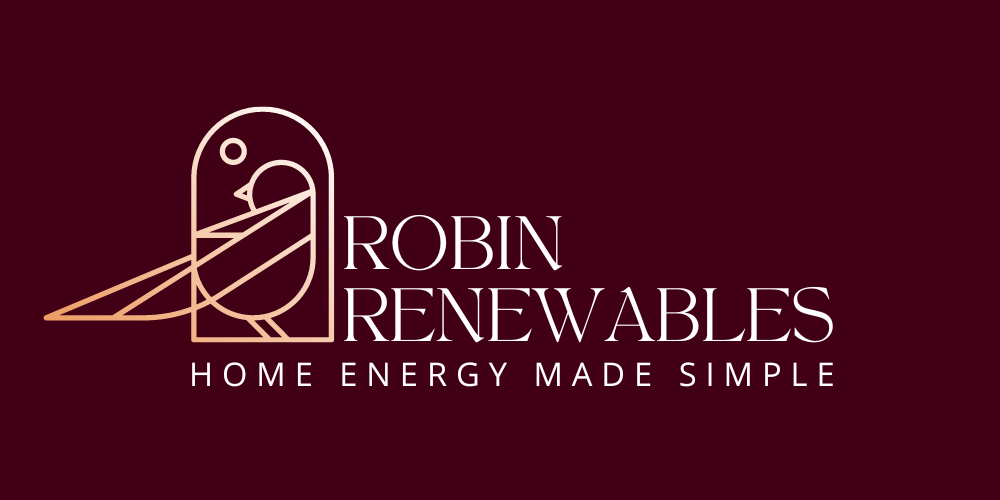Renewables made simple
Are you new to renewables?
Are you exploring your options, only to find yourself confused?
Are you feeling overwhelmed by acronyms and terminology that seem confusing?
Let Robin Renewables simplify everything for you.
Solar Panels
Let’s begin with solar panels. Solar panels are combined into what is known as arrays.
These arrays are then installed according to how you want them to look I.e. On top of your roof tiles, in-line with them or somewhere else.
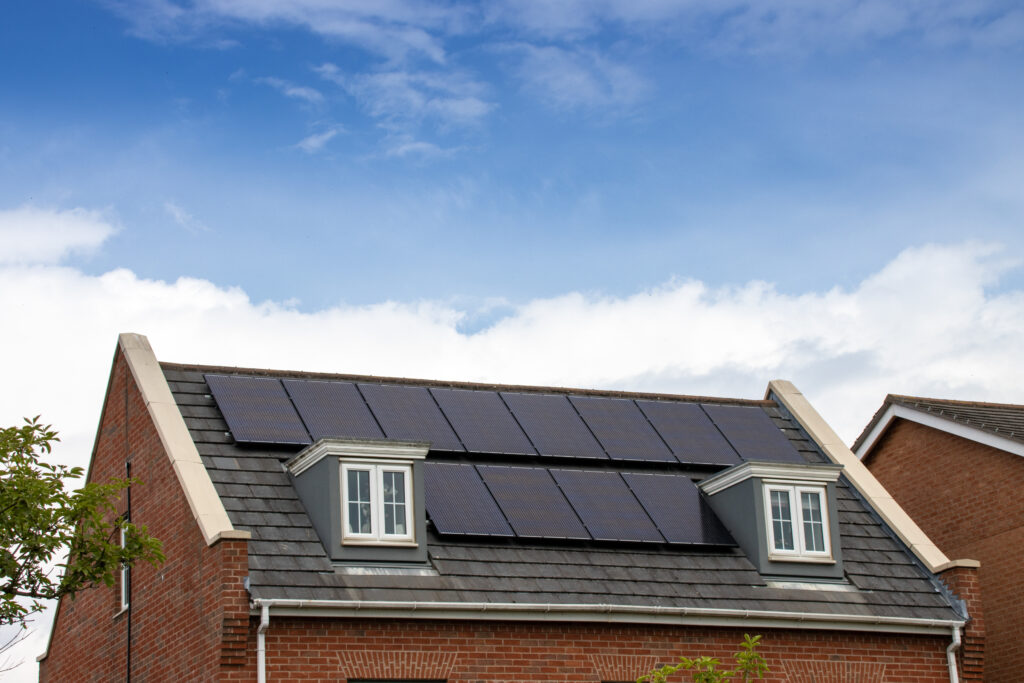
So, as an example, if you had 10 panels and each panel has a capacity of 400W, your overall array size would be 4 kWp.
kWp stands for ‘kilowatt peak’, indicating the maximum power output under optimal conditions is 4kW. This energy can be used to power your home or stored in batteries for later use.
Typically, in the UK, a 1 kWp solar array generates between 700-900 kWh of energy per year. This output depends on both the orientation of the panels and local weather conditions, with the majority of energy generation occurring during the summer months. In fact, it’s possible to generate 100% of your energy needs during summer whereas in winter, this can fall to as low as 5%.
Solar panels can be installed in various ways, including:
- On top of your roof (bird proofing is highly recommended for these installations).
- Inset into your roof for a more discreet appearance.
- On a flat roof using special mounting equipment.
- In fields and other structures away from the property.
When it comes to renewables, it all begins with solar!
Inverters
Inverters are essential for all installations. Without them, nothing in your setup would function!
With capabilities ranging from solar-only setups to complete off-grid applications, understanding what inverters can do will ensure you get precisely what you need, rather than what someone wants to sell you.
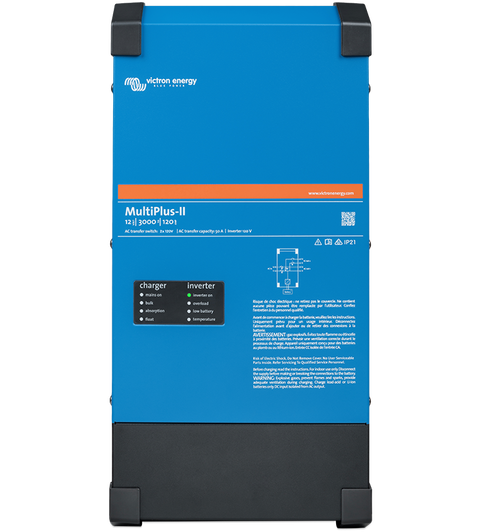
Let’s begin with solar-only inverters. These allow you to use the energy generated by your solar panels, with any surplus power sent back to the grid. If your energy demand exceeds what your solar panels produce, it is supplemented by power from the grid. Keep in mind that solar power relies on sunlight.
For safety reasons, when the grid goes down, solar-only inverters stop delivering power to prevent back-feeding the grid.
Next, we have hybrid inverters. These connect to solar panels, battery storage, and your home simultaneously, but there’s a catch: Hybrid inverters typically have a power limit, often up to 13 amps or just over 3 kW, for sending power into your home. If you exceed this limit, the inverter may reset or eventually fail. This is why most hybrid inverters are connected to specific circuits within your home, often referred to as ‘critical loads’.
Since hybrid inverters are grid-tied, in the event of a grid outage, you can still use any remaining power stored in your battery for those critical loads. However, during a grid outage, your solar panels won’t function, that is unless you have an inverter which supports it.
Finally, there are hybrid inverters, which, despite their connection to the grid, primarily rely on renewable sources for power. This is often achieved through intelligent power management. For example, in a basic hybrid setup, if you need to draw 7 kW of power, the system might pull 6.5 kW from renewable sources like solar or wind, with the grid providing the remaining balance.
Such systems ensure continuous operation, day or night, thanks to their ability to seamlessly switch between renewable sources and grid power, augmented by battery storage. This interconnectivity allows for consistent power availability, regardless of grid conditions.
Batteries
Batteries are now considered essential for any new renewables installation today.
Why wouldn’t you store excess energy to use it overnight, rather than paying for it all over again?
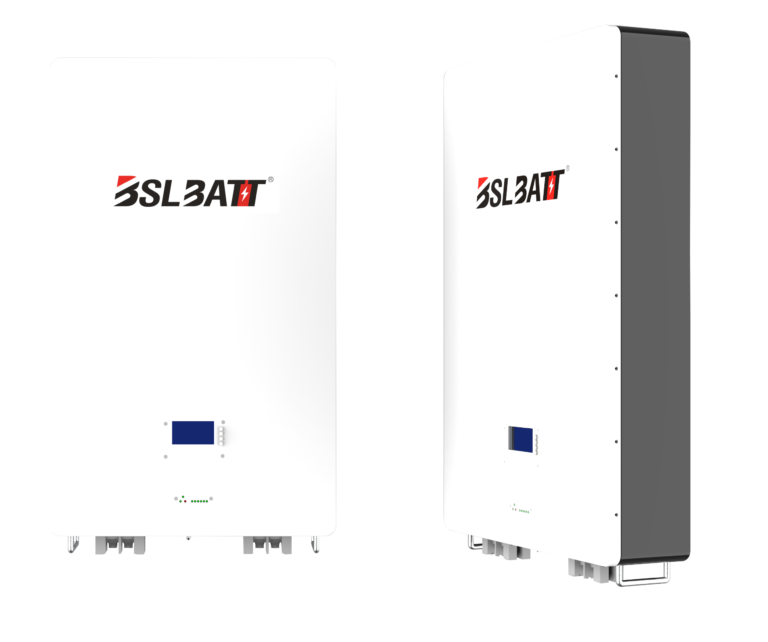
Batteries are available in various sizes and can be customised to meet your specific requirements.
Today, most home storage batteries are made of Lithium Iron Phosphate (LiFePO4), which is far safer than traditional Lithium Ion (LiON) batteries commonly found in cars. This enhanced safety is due to their chemical composition, which stabilises the lithium without any risk of fire while also extending their usable lifespan significantly
Infrared Heating
Although infrared was initially discovered in 1800, infrared heaters didn’t become available to replace open fires until the late 1960s.
Primarily used in factories until recently, infrared heating is now regarded as a sustainable alternative to convection heating, primarily due to the efficient way it delivers energy.
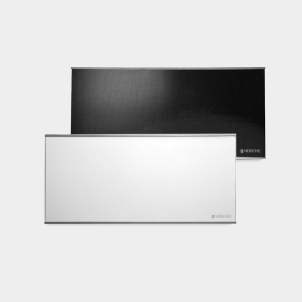
The primary advantage of infrared heating over traditional convection heating is in its method of warming a given area. Unlike convection heating, which heats the air, infrared heating directly warms the objects and surfaces in a space, turning them into sources of radiant heat.
This process leverages the nature of infrared energy. The energy from infrared panels is transferred into the building’s structure, akin to how sunlight warms objects. Once absorbed, this energy is gradually released, maintaining an ambient temperature that you can control.
Thanks to this direct heating approach, your home only uses the energy needed to maintain a specific temperature. This method is more efficient than continually heating and re-heating the air as it cools down.
Of course, it’s also important to understand your home’s construction to determine whether an infrared heating system would be suitable for you.
Electric Water Heating
These can be thought of as ‘Hot Water Batteries,’ storing energy in the form of heat. This stored heat is then transferred to water as needed, supplying hot water at mains pressure
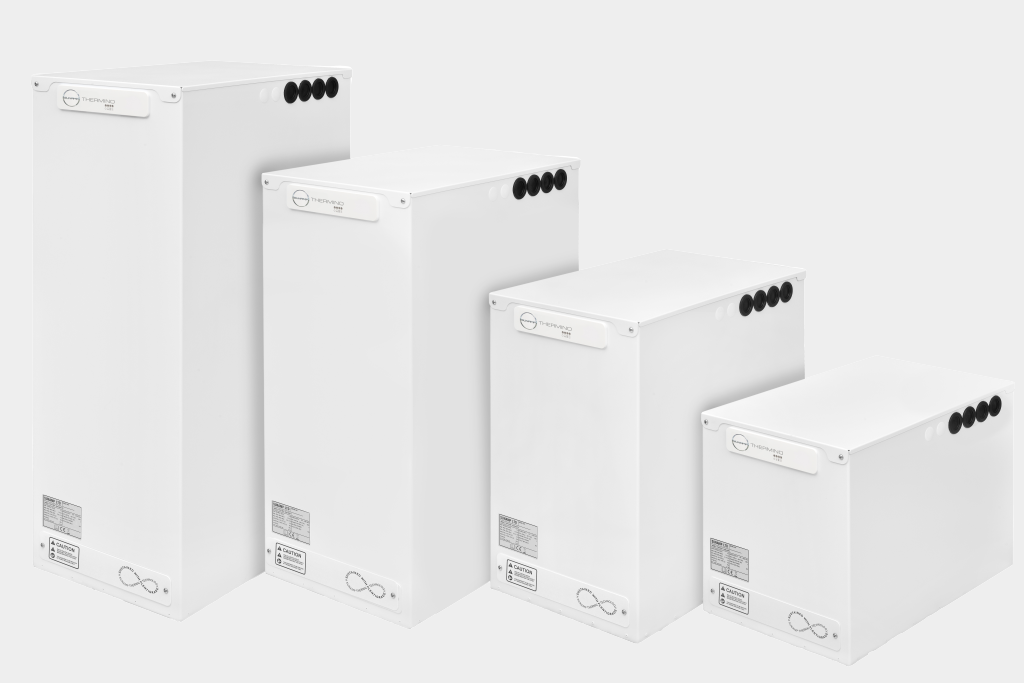
Being up to four times smaller than an equivalent hot water tank, they enable compact installations and are ideal for integrating into any renewable setup to utilise excess energy production.
Even without solar panels, they serve as a highly energy-efficient alternative to combi boilers, requiring just 3.8kW of energy per day on average for a typical 3-bedroom home (assuming 140 litres of hot water used per day).
Thanks to their design, they require no mandatory maintenance, although annual inspections are always recommended.”
Want to get started?
If you’ve made it this far, we believe you’re ready to begin your renewables journey.
Why not reach out to our team?
We can guide you through what you need to know and customise your very own renewables installation today.
